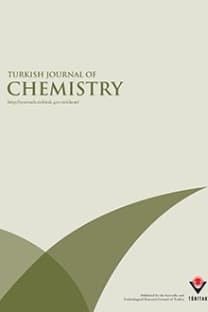The multiple effects of organoclay and solvent evaporation on hydrophobicity of composite surfaces
- ISSN: 1300-0527
- Yayın Aralığı: 6
- Yayıncı: TÜBİTAK
BERRİN TOPUZ, ŞENNUR MERVE ADANUR, ARDA YALÇUK
The multiple effects of organoclay and solvent evaporation on hydrophobicity of composite surfaces
Ahmet GÜRSES, Hac Hasan YOLCU, Rabah BOUKHERROUB
ÜMİDE DEMİR ÖZKAY, ÖZGÜR DEVRİM CAN, NAZLI TURAN, Betül Kaya ÇAVUŞOĞLU
İbrahim TURAN, Kerim SERBEST, Melek ÇOL AYVAZ, Yüksel ALİYAZICIOĞLU, Selim DEMİR, Bayram DURAL, Kaan KARAOGLU
Arda YALÇUK, Berrin TOPUZ, Şennur Merve ADANUR
Gülşen TÜRKOĞLU, M. Emin ÇINAR
ÇOLAK Mehmet, Necmettin PİRİNÇÇİOĞLU, Deniz BARIŞ, Halil HOŞGÖREN
Catalina Yarodara ROSCA, Petronela HORLESCU, Daniel SUTIMAN, Corneliu S. STAN
